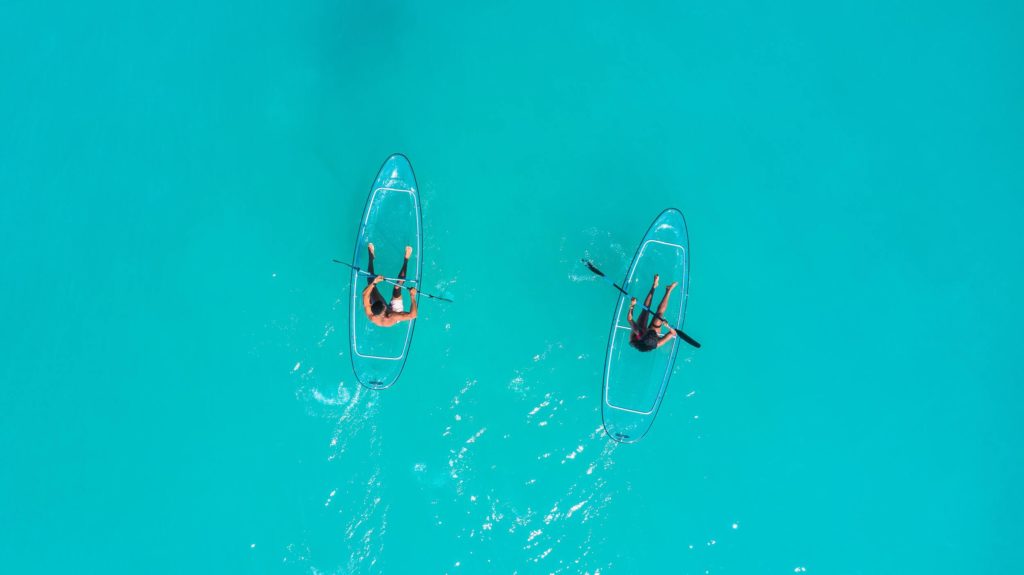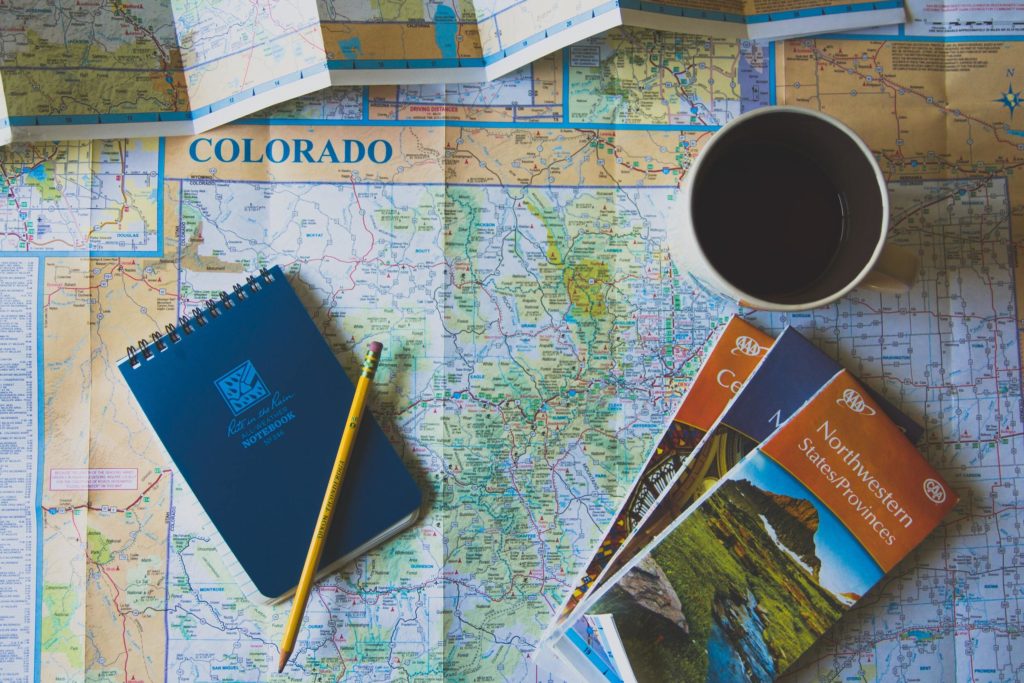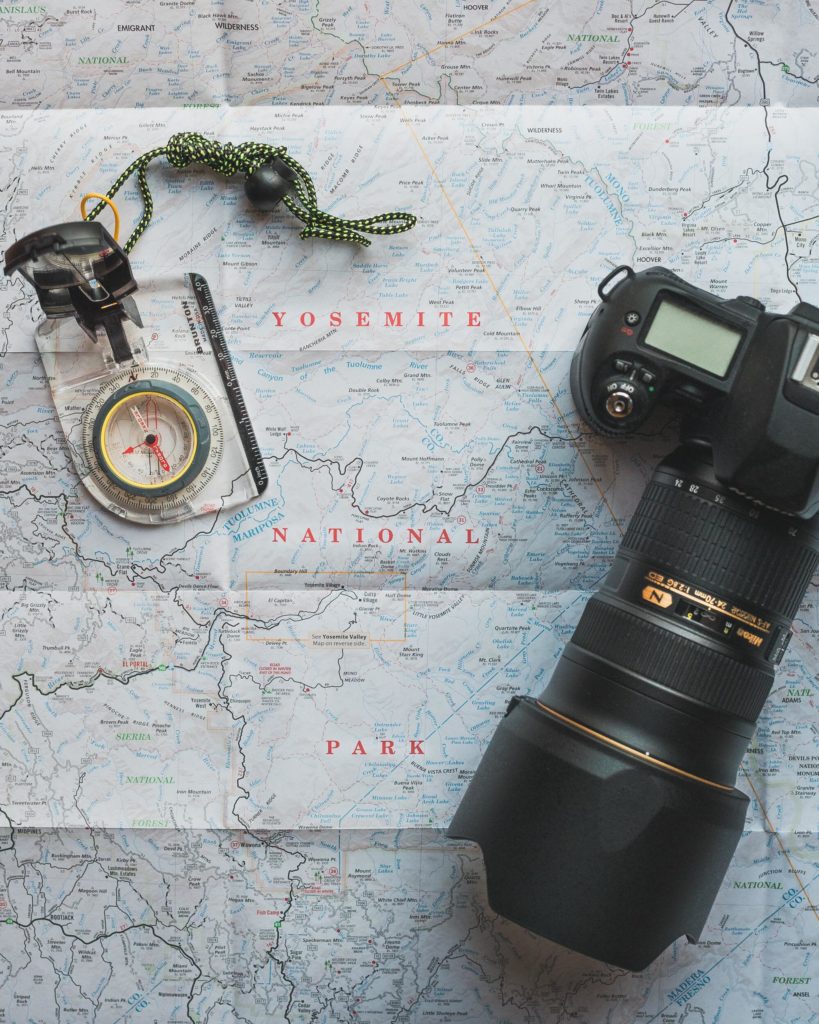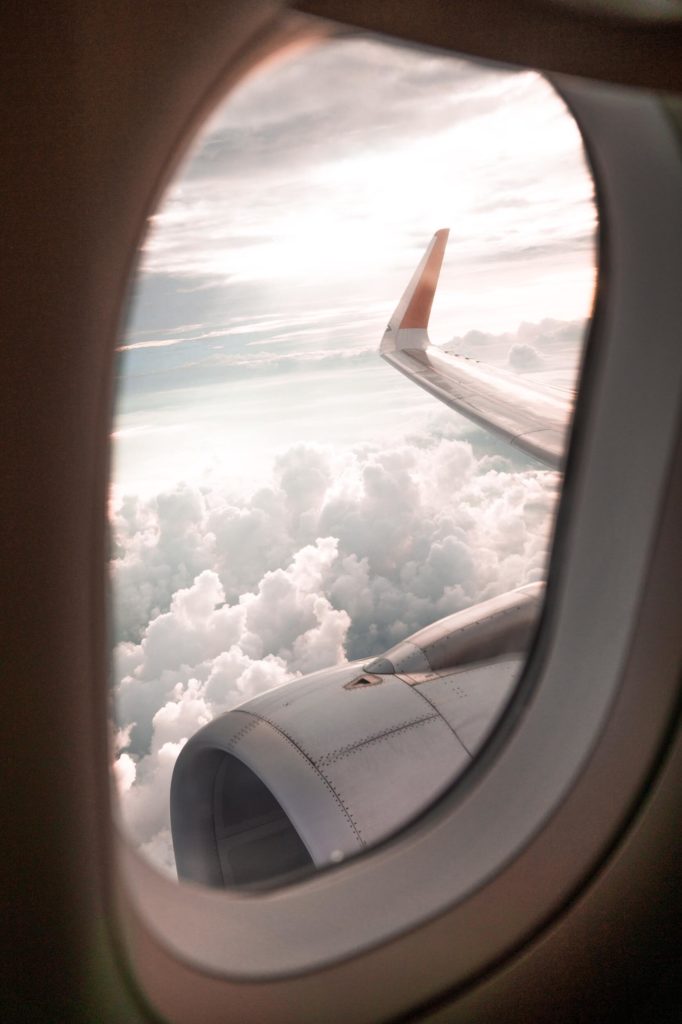Introduction to Grenada

Grenada is one of the Grenadines islands of the Caribbean, located between the Caribbean Sea and the Atlantic Ocean. It neighbours Trinidad and Tobago islands. The country occupies a land of 344 sq km.
In 2014 it had the 163rd largest economy in the world. The economic growth rate 0f 5.1%, achieved in 2015, was one of the highest growth rates among all Caribbean countries. In 2016 Grenada was ranked 138 of 189 countries in the Ease of Doing Business.
In case you are looking for an opportunity to relocate to this country – see more options.
History of Grenada
Before the arrival of Europeans, Arawaks and Island Caribs inhabited Grenada, which was discovered by Christopher Columbus in 1498.
In the 16th century Grenada was inhabited by Carib Indians. At that time the island remained uncolonized for decades. In the 17th century the French settled the island when the French governor of Martinique purchased its land from some French company. Grenada’s island belonged to French until 1762. Then, after signing the Treaty of Paris, the island was ceded to Britain.
Britain gave it autonomy over its internal affairs. However, the state attained its full independency from United Kingdom (UK) in 1974.
Economy of Grenada
Mainly tourism, trade and construction industries have led the increase in economic activity. Tourist facilities are being expanded and currently tourism is the leading foreign exchange earner. Grenada shares the East Caribbean dollar and a common central bank with seven other member states of the Organisation of Eastern Caribbean States (OECS).
The economy of Grenada is based on the usage of its natural resources – fruit and vegetable gathering (bananas, guavas, tamarind, citrus, passion fruits, avocados, mangoes, corn), timber processing, sugar milling, brewing, rum distilling, soap making, copra processing, cigarette production, shipping, fishing in deepwater harbours and education. It is also known as the Spice Isle due to its production of nutmeg and mace. Since the construction of the international airport in 1985, the state also relies on tourism as its main source of income.
Grenada’s labour force in 2013 consisted of 59,900 people. More than 70% of them were employed in the service sector.

Currency
Grenada’s official currency is East Caribbean dollar (XCD).
Business environment
The highest gross domestic product (GDP) of the country was recorded in 2015 – $978.15 million, and its average in the last 10 years is $813.63 million. Grenada’s local products export depends upon preferential terms, given by the UK, and are affected by the policies of the European Union (UN). Grenada exports mainly to UK, Germany, the Netherlands and to Trinidad and Tobago. During past decade state’s government has encouraged the increased production of staple vegetables, improved air transport facilities, worked to upgrade fishing and encouraged tourism activity.
Politics and government of Grenada

The state of Grenada is a Commonwealth realm and has 15 constituencies. Its political power has a form of parliamentary democracy (Parliament). Chief of the state since 1952 is Queen Elizabeth II, represented by Governor General Cecile La Grenade. Head of the government is Prime Minister Keith Mitchell. State’s major political parties at the moment (2017) are: Grenada United Labor Party (GULP), National Democratic Congress (NDC) and New National Party (NNP).
Participation in international organizations
Grenada participates in such international organizations as Petrocaribe, UNESCO, UN, WIPO, WTO, UNCTAD, UNIDO, UPU, WHO and other well-known alliances. It is also a member of the Eastern Caribbean Currency Union (ECCU).
Grenada is a member of both the Organisation of Eastern Caribbean States (OECS) and the Caribbean Community (CARICOM). Grenada is also a proud member of ACP, AOSIS, C, Caricom, CDB, CELAC, FAO, G-77, IBRD, ICAO, ICCt (signatory), ICRM, IDA, IFAD, IFC, IFRCS, ILO, IMF, IMO, Interpol, IOC, ITU, ITUC, LAES, MIGA, NAM, OAS, OECS, OPANAL, OPCW, Petrocaribe, UN, UNCTAD, UNESCO, UNIDO, UPU, WHO, WIPO, WTO.
The culture of Grenada
Grenada’s culture is influenced by African, Caribbean and Indian national traditions mixed with cultural legacy of the French. The British also have left their mark on its culture in regard to sports and the language. Its cultural heritage consists of such national monuments as Rome Museum in Walker, the Heritage Museum in the parish of St. Patrick, Grenada National Museum in St. George’s parish and the Carriacou Museum, located in Paterson Street.
Locals enjoy cricket, folk tales, soca, calypso and reggae music. The national dish of the Grenadian cuisine is ’Oildown’, which is a mix of meats, cooked in coconut milk until the milk is absorbed. The state has its own several weekly newspapers, an islandwide radio and television broadcasting channels.

Population
There were about 111,219 inhabitants registered on the island in 2016. The majority of the island’s population is concentrated along its coast. Islanders call themselves Grenadians. Most of them are of African descent, the minority of them (2-3%) are East Indian. About 1/3 of the Grenada’s population is found in the capital of St. George’s, other inhabitants live along the coast of the island.
Language
The official language of the state is English, however, locals speak also French patois.
Immigration in Grenada

Grenada’s population net migration rate is 3 migrants per 1000 of the population. For the past few years the state is facing a strong growth in tourist arrivals.
Two main reasons for that are creation of the JetBlue service and construction of the new Sandals resort. The majority of tourists, who visit the island, are coming from US, UK and Canada.
Currently Grenada is offering a second citizenship program, allowing foreign investors to apply for a citizenship, based upon investment made. Click here to read more about Caribbean passport or contact us to apply now.